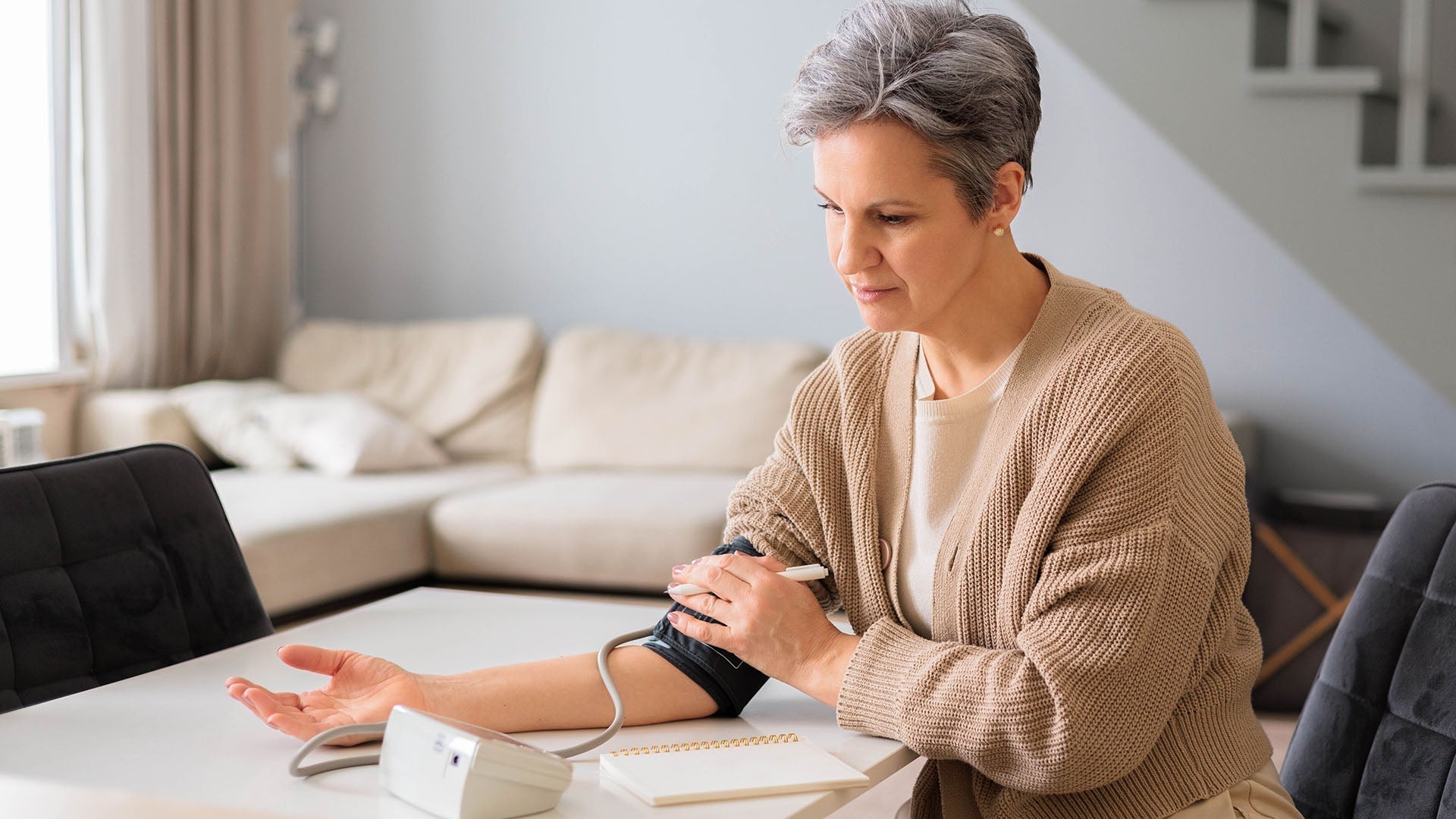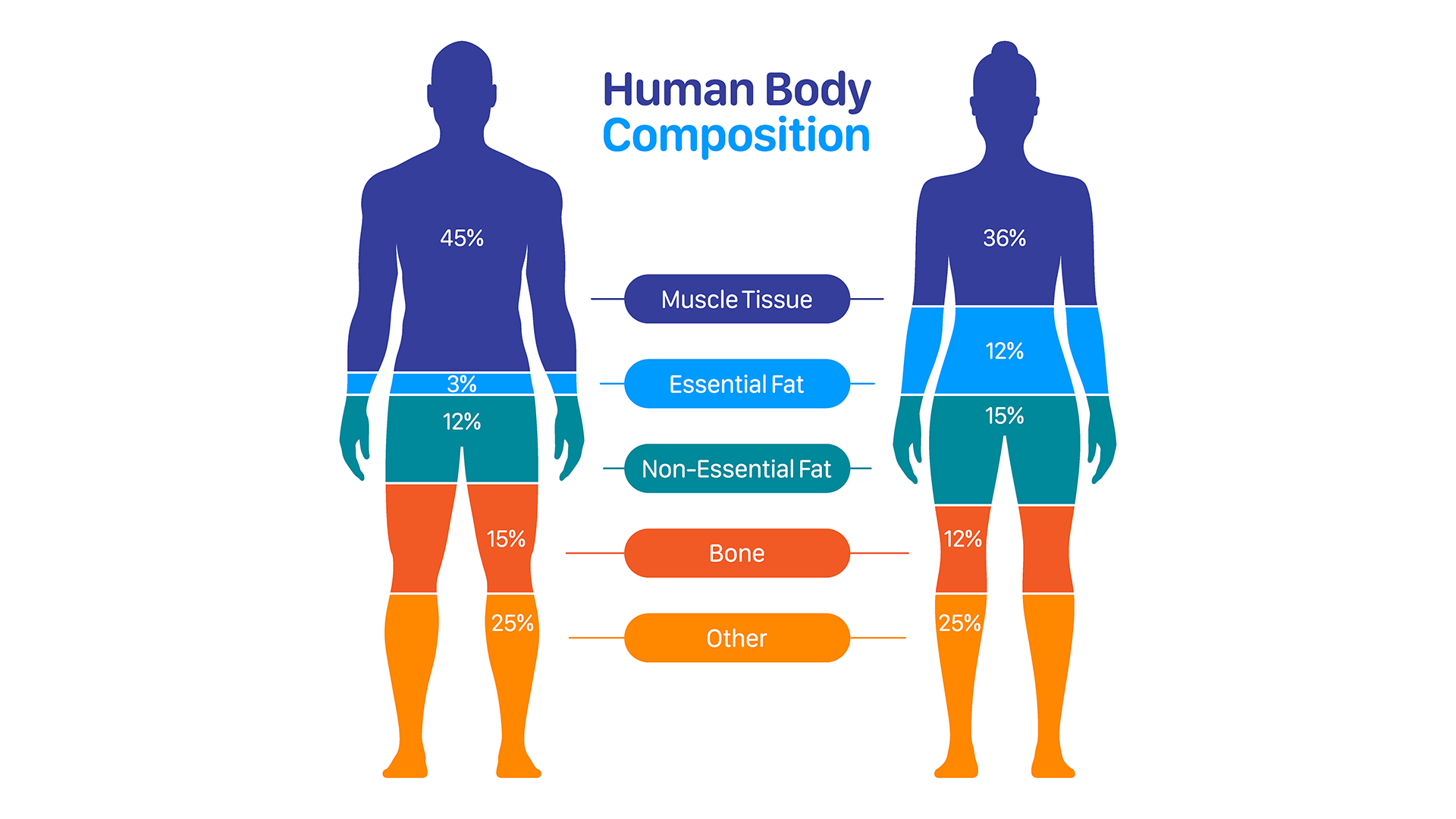Learn Your Way
to A Healthier Life

This week is Patient Safety Awareness Week, an annual recognition event intended to encourage everyone to learn more about health care safety and to recognize the work being done to reduce preventable harm. One particular area of health care vital to serving vulnerable individuals is long-term care facilities.
Long-term care facilities, including nursing homes, assisted living centers and rehabilitation facilities, serve as both homes and healthcare providers for their residents—individuals with chronic illnesses or disabilities. They aim to improve residents' quality of life by assisting them with daily activities and managing their health conditions.
However, the unique nature of long-term care settings presents specific challenges to patient safety. Residents often have complex health conditions, cognitive impairments and are at an increased risk for adverse events such as falls, infections and medication errors. The communal living aspect further complicates infection control and the management of chronic diseases. A study revealed that over half of the harm to residents in long-term care is preventable and more than 40% of hospital admissions from these facilities are avoidable.
The COVID-19 Pandemic: A Turning Point
The COVID-19 pandemic had a devastating impact on long-term care facilities, with over 2 million resident cases and nearly 200,000 deaths as of February 2024. Staff members were also significantly affected, with 1.9 million cases. The pandemic exposed and worsened long-standing issues in nursing home care, including insufficient staffing, inadequate infection control and regulatory failures resulting in patient harm. These pre-existing problems contributed to disproportionately high rates of COVID-19 cases, hospitalizations and deaths among nursing home residents, who are particularly vulnerable due to serious underlying health conditions. For example, despite making up less than one-half of 1 percent of the U.S. population, as of October 2021, nursing home residents accounted for approximately 19 percent of all COVID-19 deaths. As of February 2022, more than 149,000 nursing home residents and more than 2,200 staff members had died of COVID-19.
Despite federal interventions including free vaccinations, mandatory infection preventionists and comprehensive training materials, nursing homes continue to face challenges in infection control. The beginning of 2024 saw the largest surge of COVID-19 cases since the official end of the pandemic, highlighting the persistent difficulties in improving patient safety within these settings.
Recommendations for Improving Long-Term Care Safety
The National Academies of Sciences, Engineering and Medicine has published a comprehensive guide to improve safety in long-term care facilities:
Adequate Staffing
Adequate staffing is fundamental to patient safety and quality care in long-term care facilities. Research shows that higher staffing levels, particularly among registered nurses and certified nursing assistants, are associated with better patient outcomes. To achieve better staffing, facilities should focus on:
- Recruitment and retention strategies, such as competitive wages, career advancement opportunities and staff wellness programs.
- Optimal staffing models, including acuity-based staffing to ensure that residents with higher care needs receive adequate attention.
- Government policy interventions, such as minimum staffing requirements and funding support for workforce development.
Culture Transformation
A strong safety culture within long-term-care facilities is crucial for improving patient care and empowering staff to address safety concerns proactively. Frontline workers should feel comfortable reporting errors, near misses and safety hazards without fear of punishment. Key components of a safety culture should include:
- Leadership commitment to safety, with executives and managers modeling safe practices and prioritizing patient well-being.
- Encouraging open communication, allowing staff to voice concerns, suggest improvements and report incidents transparently.
- Implementing safety checklists and protocols, ensuring that best practices for infection prevention, fall prevention and medication safety are consistently followed.
Enhanced Training for All Staff
Ongoing education and training are critical to maintaining high standards of care in long-term care settings. Training should emphasize:
- Medication management, to reduce errors and adverse drug interactions.
- Infection control and prevention, particularly given the vulnerability of long-term care residents to outbreaks such as COVID-19 and influenza.
- Fall and pressure injury prevention, including proper patient mobility techniques, use of bed alarms and pressure-relieving mattresses.
Technology Adoption
Long-term care settings often lag behind hospitals in implementing health technology, but adopting digital tools can greatly improve safety and efficiency. Key areas for improvement include:
- Electronic Health Records (EHRs) which improves documentation, coordination and accessibility of patient data help—reducing errors and streamlining care transitions.
- Safety monitoring tools such as wearable fall detection devices, remote monitoring systems and smart sensor technology can help prevent accidents and alert caregivers to emergencies.
The COVID-19 pandemic highlighted the critical need for patient safety in long-term care, especially given our aging population. This has led to a focus on addressing systemic issues like staffing shortages and technology adoption to create a system that truly protects vulnerable individuals. Continued collaboration and innovation are essential to overcoming ongoing safety challenges and ensuring that residents receive the high-quality care they deserve.
References
- Organization for Economic Co-operation and Development - Long-term care: Valuing safety for the long haul
- AHRQ - Long-term Care and Patient Safety
- National Library of Medicine - The National Imperative to Improve Nursing Home Quality: Honoring Our Commitment to Residents, Families, and Staff
- World Health Organization - COVID-19 epidemiological update – 24 December 2024
- National Library of Medicine - Organizational factors influencing health information technology adoption in long-term-care facilities
- National Library of Medicine - The occurrence, types, consequences and preventability of in-hospital adverse events
Sign Up For More From iHealth
Receive the Latest News and Special Offers


















































